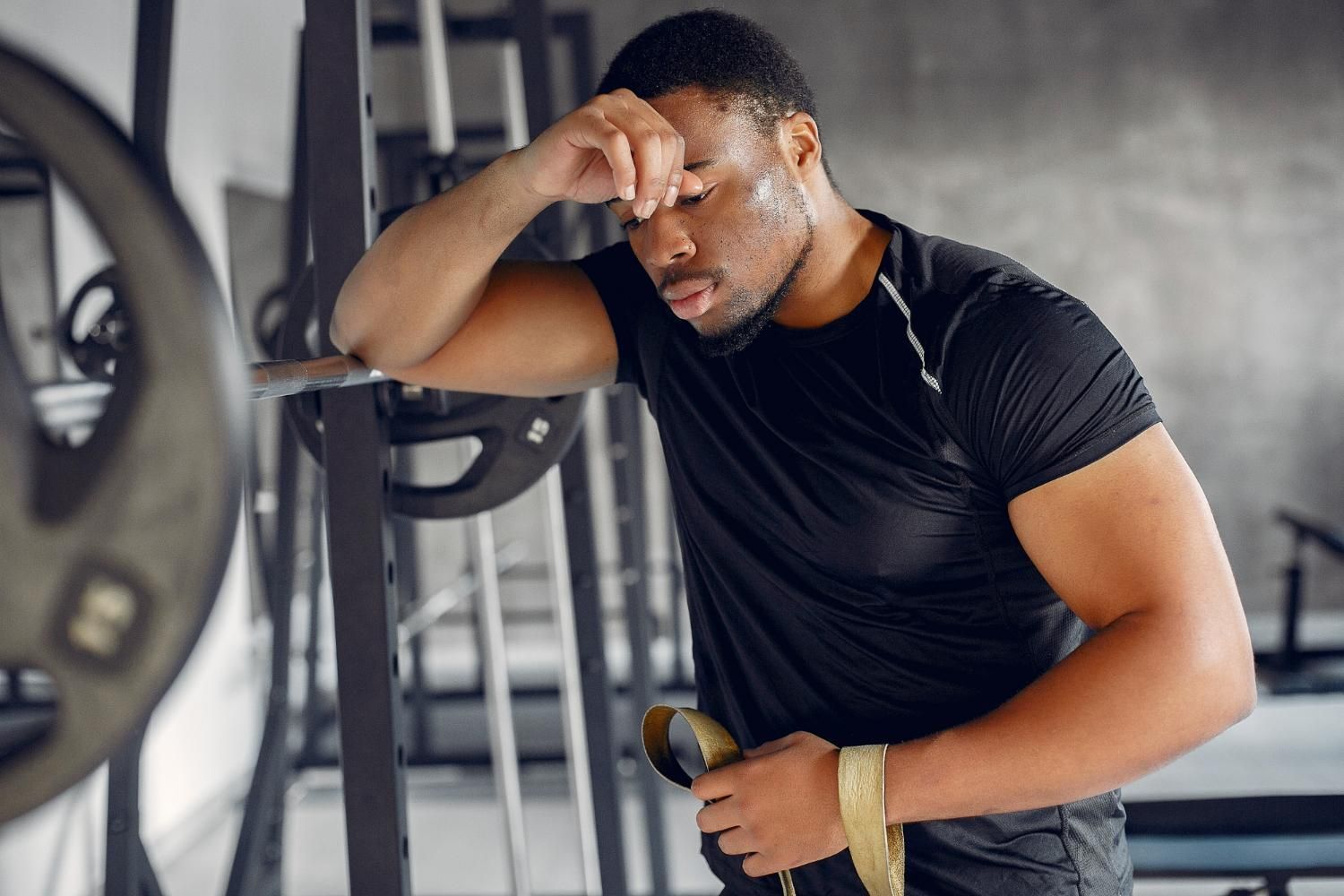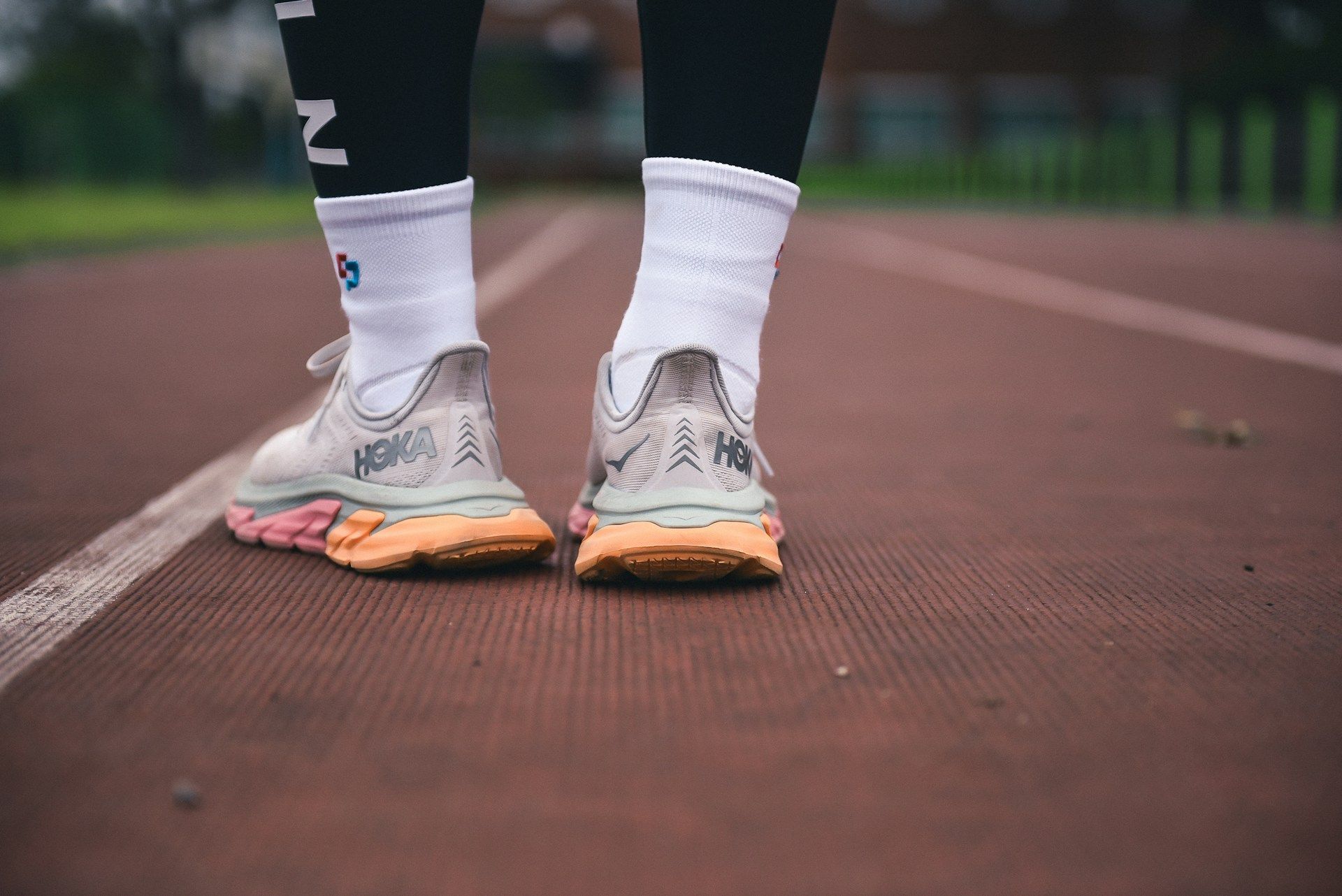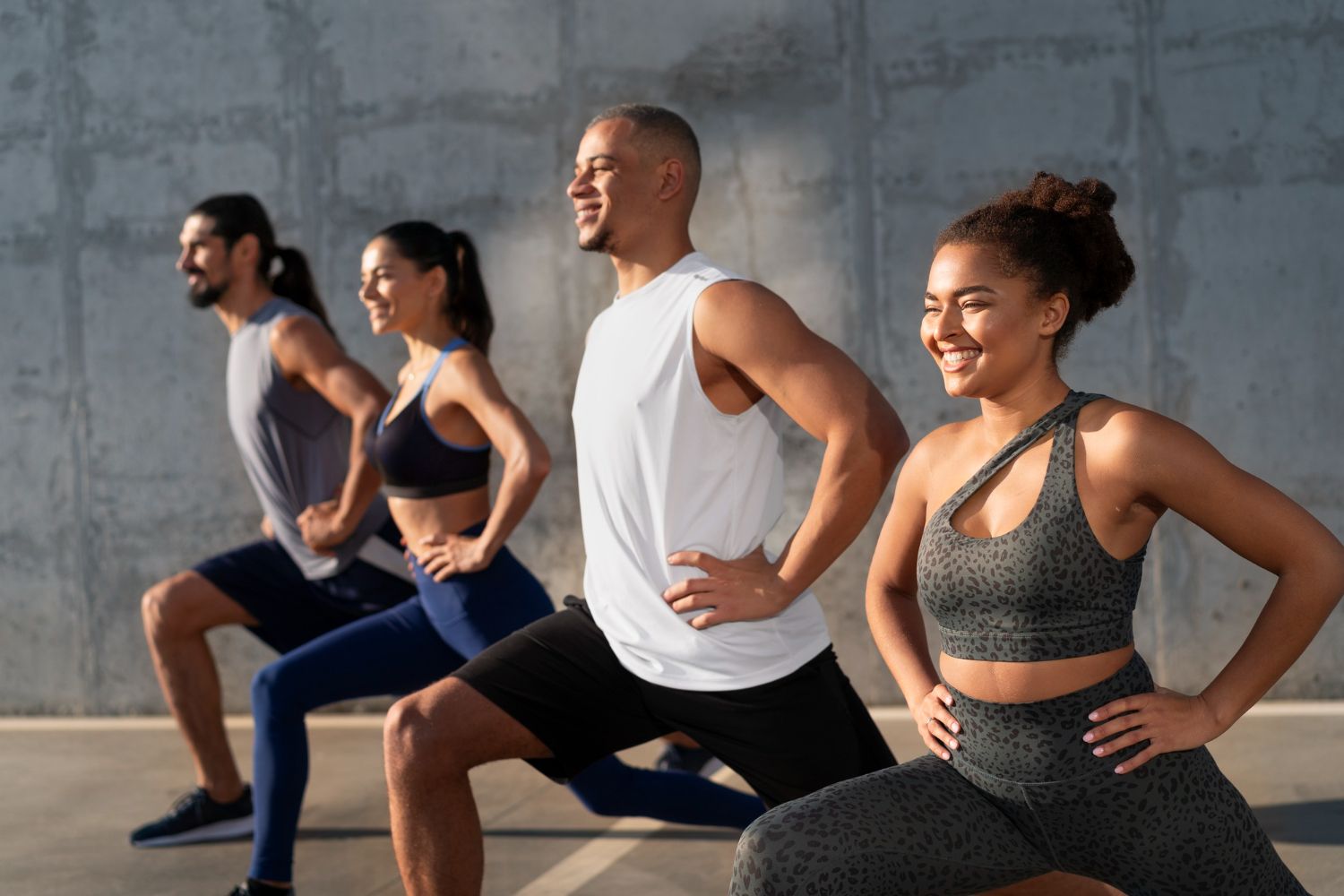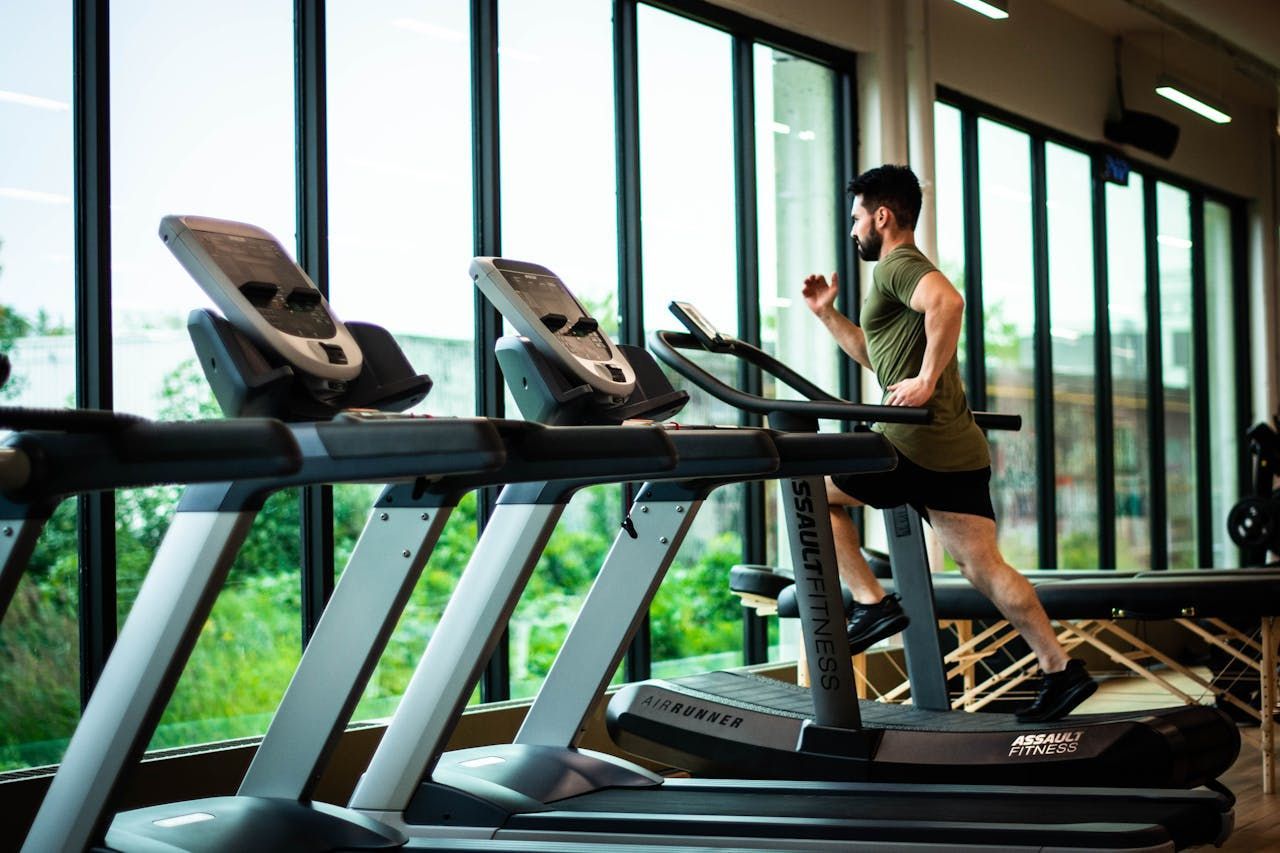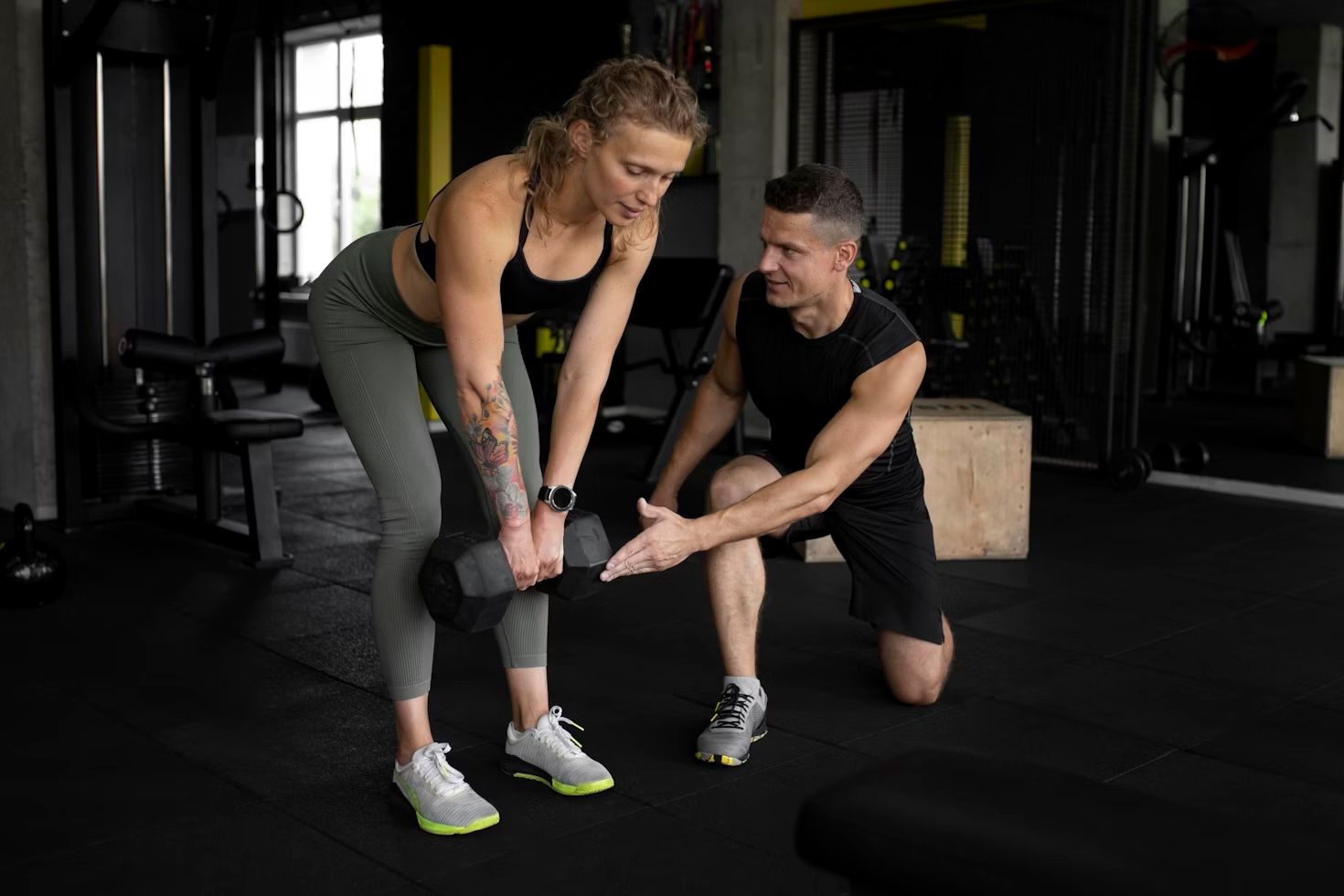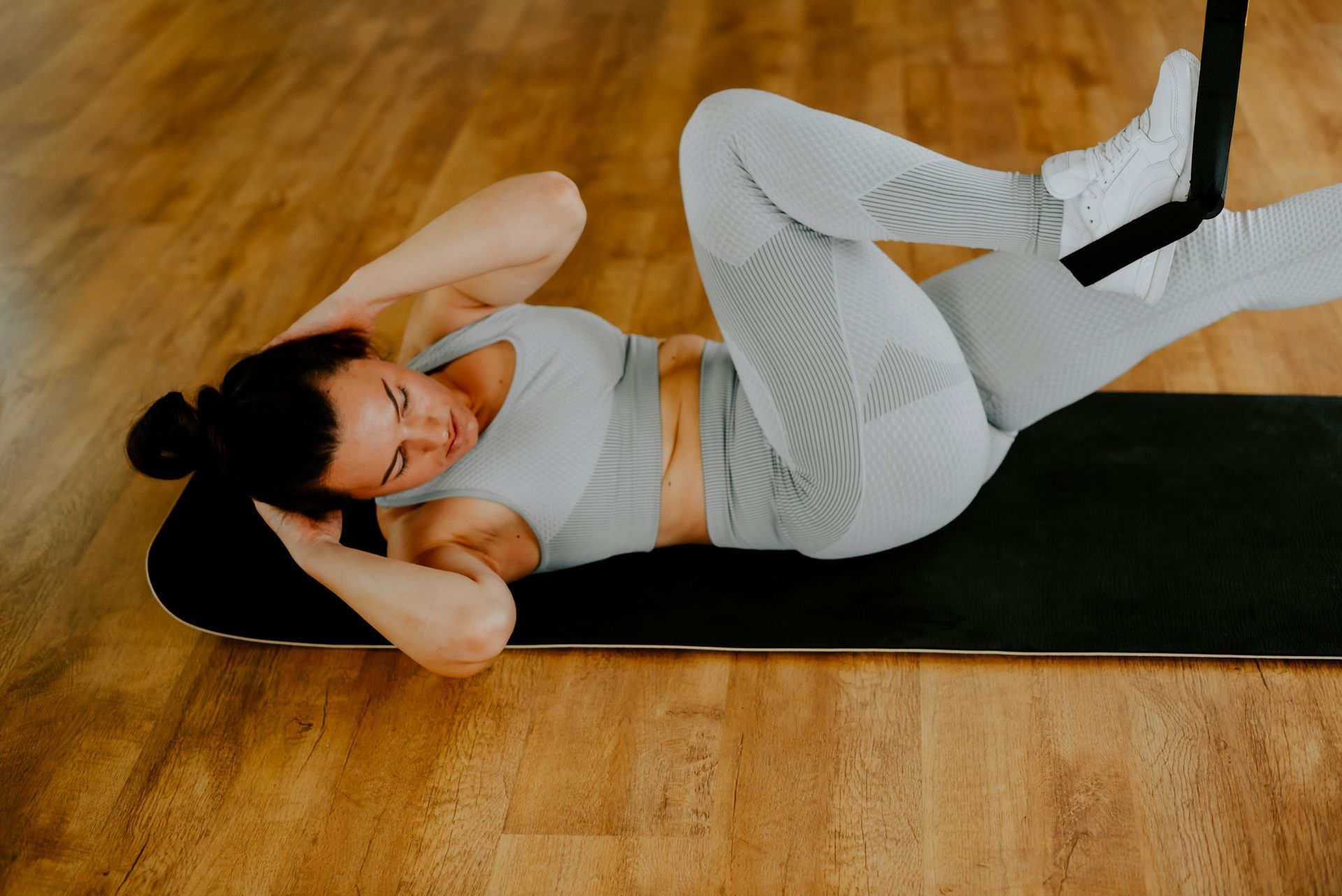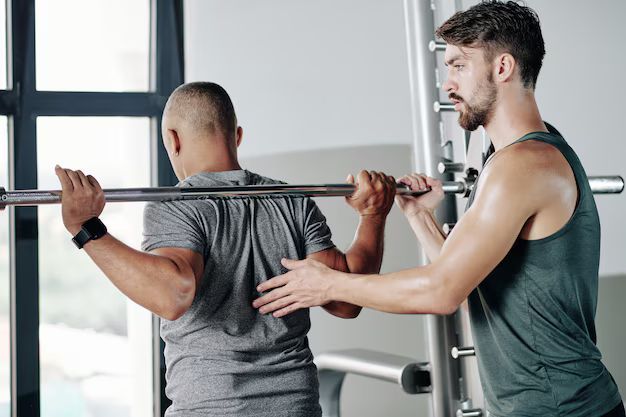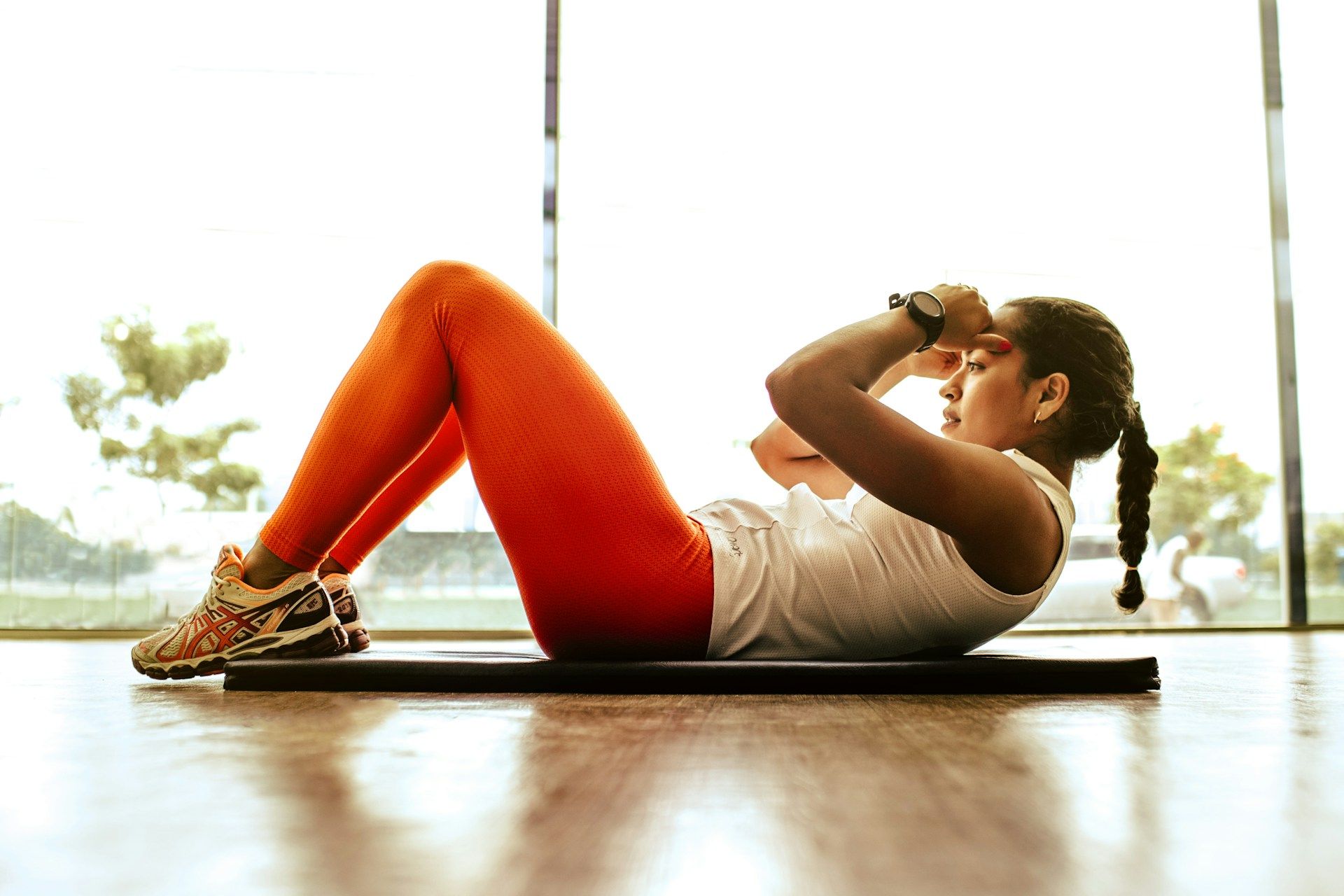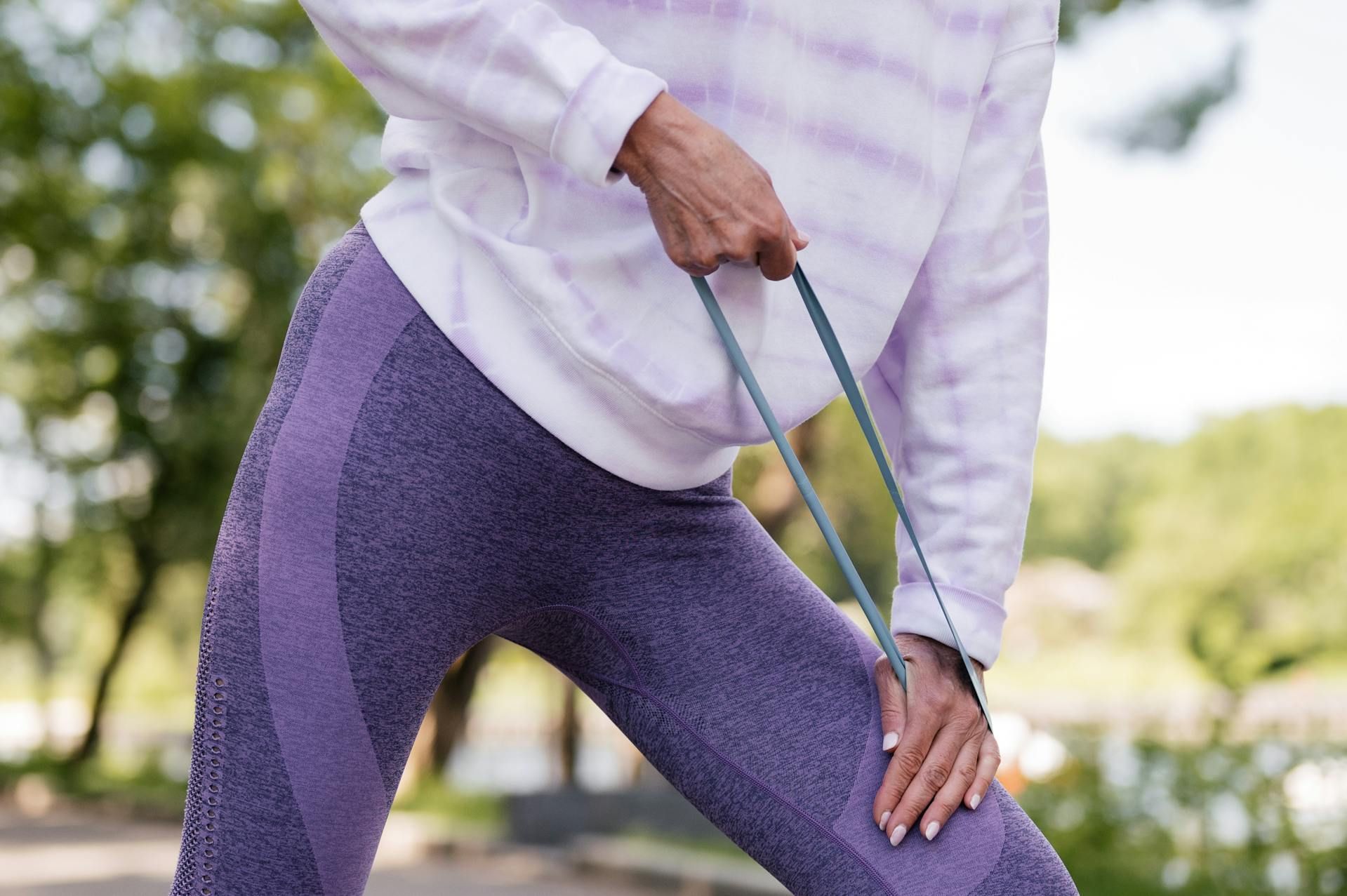How Weather Changes on St. Simons Island Impact Exercise Recovery
Weather plays a bigger role in exercise recovery than most people realize, especially when it comes to sport-specific training. On St. Simons Island, the shifts in temperature, humidity, and even rainfall can mess with how well your body bounces back after a workout. If you're someone who's training regularly, those changes can sneak up on you, adding strain to your routine without you realizing why you’re dragging through the next session.
The late summer heat on St. Simons Island brings with it high humidity levels that don’t easily let go. That sticky air affects things like muscle soreness and overall energy after training. Dry cool-down routines that might work in milder weather could fall short now, leaving you stiff or even more tired than before.
Whether you're used to long beach runs or agility drills in sand, knowing how these weather swings impact your body is key to smarter, safer recovery. Live Oak Fitness specializes in helping clients map that out in real-time with structured, sport-specific support.
Understanding the Impact of Weather Changes
On St. Simons Island, late summer doesn’t just mean bright skies and beach traffic. It's when heat and humidity reach their peak. That combo can slow down your recovery because your body works harder to cool itself off, even after you stop moving. Muscles may stay tense longer, and it’s easy to feel sluggish well into the next day if you don’t take those conditions into account.
Here’s how weather tends to play into recovery:
1. Heat and Humidity:
Hot, muggy air makes it harder for sweat to evaporate, which slows your body’s natural cooling process. That means your heart has to work overtime, and muscle healing may lag behind. You may also lose more fluids, which can leave you feeling sore and less steady on your feet.
2. Sudden Temperature Drops:
While it’s mostly hot right now, it’s not unusual to get a surprise cool breeze or thunderstorm that drops the temp quickly. When that shift happens, muscles can tighten fast. If you’re not properly warmed up or cooled down, that stiff feeling may stick with you longer after training.
3. Wind and Rain:
Wind doesn’t just make it harder to keep balanced during agility work or drills. It can also cool you off too quickly after your workout. That shock to the system may delay recovery and leave your joints feeling shaky. Rain makes uneven surfaces slippery, which adds strain to muscles and increases your chance of tweaks and strains.
Imagine finishing a tough 60-minute training session in the sand, only to get hit with a sudden downpour on your walk to the car. That quick chill hitting your overheated body can throw your recovery completely off balance. It’s these little shifts that pile up and affect how your muscles return to form.
How to Adjust Your Recovery Plan
Recovering right in unpredictable late summer conditions means adjusting your cool-down and post-training habits. There’s no single plan that works for everyone, especially when each day seems to bring a different mix of heat, wind, and surprise clouds. Learning how to listen to your body and match your recovery plan to the weather goes a long way.
Some practical tips include:
- Hydrate Before and After: The key isn’t just drinking water during your workout, but prepping your body before you even start. Then continue replenishing to support your muscles.
- Slow Down the Pace:
On hot days, consider breaking your cool-down into steps. Start with easy walking, then move into stretches once your heart rate dips down a bit.
- Dress for the Conditions:
Use breathable fabrics during workouts, and dry clothes post-workout. Damp clothes trap heat or cold against your skin, which can mess with muscle recovery.
- Look Ahead: If tomorrow’s forecast shows higher humidity or wind, plan to shorten your workout or focus more on technique instead of volume.
- Tweak the Routine:
Sand sprints might be great during stable weather, but when rain is possible, switch to a more controlled environment to avoid overexertion or slipping.
These small shifts can help you stay consistent with your recovery, especially during sport-specific training. The more in sync you are with what’s going on outside, the better your body can reset and be ready for the next session.
Monitoring and Responding to Recovery Signals
On St. Simons Island, warm ocean air and long days can mask some of the warning signs your body is giving you after a workout. It's easy to assume that soreness or fatigue is just part of the process, but if those signals stick around longer than expected, weather may be playing a role. Paying close attention to how your body feels after exercise can help you spot slow recovery early before it becomes a problem.
Look out for these signs:
- Muscle tightness that lasts longer than 48 hours
- Lower energy or trouble starting your next session
- Mild swelling in joints or limbs not tied to your exercise movements
- Interrupted sleep the night after training
- Feeling overheated, even hours after your workout ends
These recovery delays could mean your post-training habits need a tune-up. If your body isn’t keeping up, it doesn’t always mean you’ve done something wrong. On St. Simons Island, the humidity alone can change how your heart, muscles, and lungs all function during and after movement.
If you’re already stretching, hydrating, and resting but still feel off, it might be time to work with a professional. A trainer focused on sport-specific recovery can help you understand the link between weather and fatigue and adjust the plan based on what your body actually needs. You shouldn’t have to guess your way through recovery.
Taking Care of Your Body Year-Round
Being consistent with recovery through all seasons is one of the best ways to stay on track with progress, especially for sport-specific training. On St. Simons Island, summer might bring more heat and midday storms, but mild winters also shift how your body responds to movement. Building routines that flex with the weather is what makes improvement sustainable.
Taking steps like these keeps your body ready and prevents training setbacks as the weather shifts from one season to the next. On St. Simons Island, where the air can turn from breezy to muggy in a matter of hours, those shifts matter. Habits built around your personal recovery needs, not just the clock or calendar, lead to better long-term results.
If you're unsure where to begin or feel stuck figuring out what’s helping and what’s holding you back, Live Oak Fitness can help guide you with a plan that’s built around you and what you’re training for.
To better adapt your training and recovery routine, consider the benefits of building consistency through planned
sport-specific training. Our team at Live Oak Fitness on St. Simons Island is ready to help you stay focused with personalized sessions that support your goals and adjust with the weather. Let’s move forward together with a plan that works for you long term.

